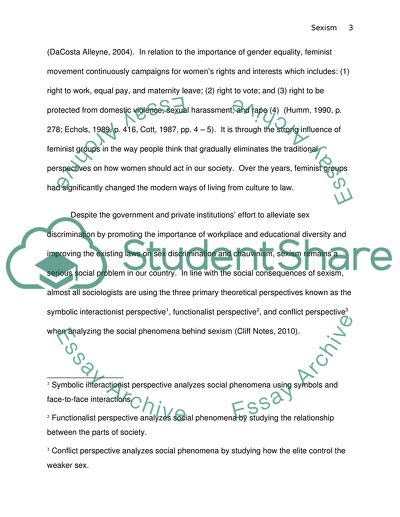Cite this document
(“Effective Ways on How We Can Alleviate Sexism in Our Society Research Paper”, n.d.)
Effective Ways on How We Can Alleviate Sexism in Our Society Research Paper. Retrieved from https://studentshare.org/gender-sexual-studies/1738442-sexism
Effective Ways on How We Can Alleviate Sexism in Our Society Research Paper. Retrieved from https://studentshare.org/gender-sexual-studies/1738442-sexism
(Effective Ways on How We Can Alleviate Sexism in Our Society Research Paper)
Effective Ways on How We Can Alleviate Sexism in Our Society Research Paper. https://studentshare.org/gender-sexual-studies/1738442-sexism.
Effective Ways on How We Can Alleviate Sexism in Our Society Research Paper. https://studentshare.org/gender-sexual-studies/1738442-sexism.
“Effective Ways on How We Can Alleviate Sexism in Our Society Research Paper”, n.d. https://studentshare.org/gender-sexual-studies/1738442-sexism.


